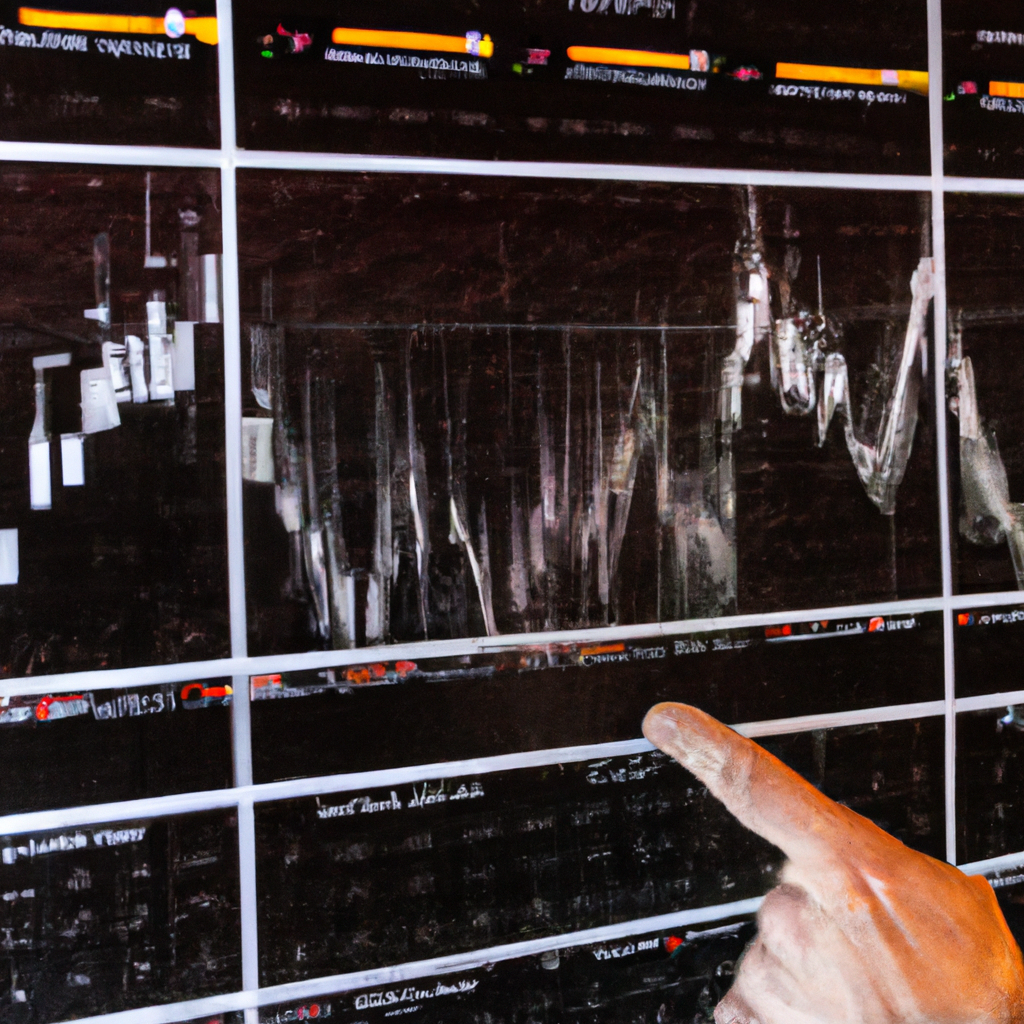Using Pivot Points for Day Trading
Day trading can be a profitable venture for those who have the right tools and strategies in place. One such tool that can help day traders make informed decisions is pivot points. Pivot points are key levels that can be used to identify potential support and resistance levels in the market. By understanding how to use pivot points effectively, day traders can improve their chances of success.
What are Pivot Points?
Pivot points are calculated based on the previous day’s high, low, and close prices. They are used to identify potential levels of support and resistance in the market. There are several different types of pivot points, including traditional pivot points, Fibonacci pivot points, and Camarilla pivot points. Each type of pivot point has its own formula for calculation, but the basic concept remains the same.
How to Use Pivot Points for Day Trading
Here are some steps to help you effectively use pivot points for day trading:
- Calculate Pivot Points: Start by calculating the pivot points for the day using the previous day’s high, low, and close prices. You can use a pivot point calculator or do the calculations manually.
- Identify Support and Resistance Levels: Once you have calculated the pivot points, identify potential support and resistance levels based on the pivot point levels. These levels can help you determine entry and exit points for your trades.
- Use Pivot Points in Conjunction with Other Indicators: While pivot points can be a valuable tool on their own, they are most effective when used in conjunction with other technical indicators. Consider using moving averages, trendlines, and volume indicators to confirm your trading decisions.
- Set Stop Loss and Take Profit Levels: When placing trades based on pivot points, it’s important to set stop loss and take profit levels to manage your risk. By setting these levels, you can protect your capital and maximize your profits.
- Monitor Price Action: Keep an eye on how price reacts to the pivot points throughout the trading day. If price breaks through a pivot point level, it could signal a potential trend reversal or continuation.
Conclusion
Using pivot points for day trading can be a valuable tool for identifying potential support and resistance levels in the market. By calculating pivot points, identifying key levels, and using them in conjunction with other technical indicators, day traders can make more informed trading decisions. Remember to always set stop loss and take profit levels to manage your risk effectively. With practice and experience, you can improve your day trading success using pivot points.


